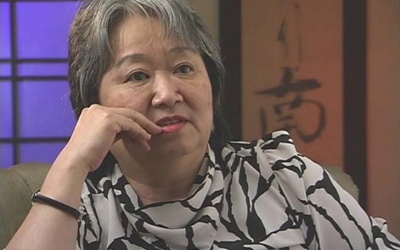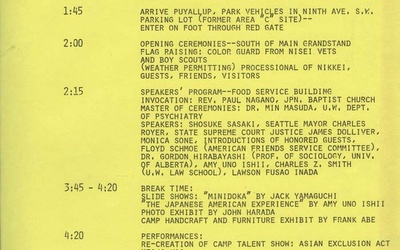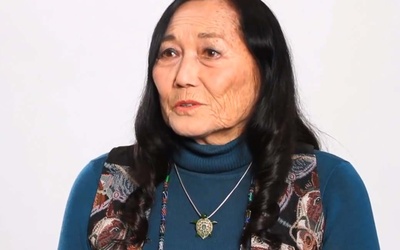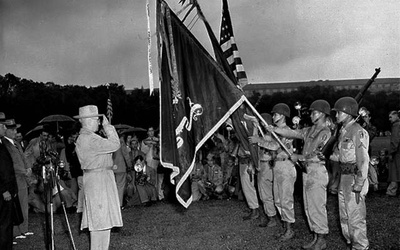Grandmother's Letter: Children and Books in Japanese American Internment Camps

Ms. Sachiko Aoki of the Children's Library Association in Tokyo told me about a letter written by a Japanese American that was published in a Japanese newspaper 10 or 20 years ago. The person spent time in an internment camp for Japanese Americans in the United States during World War II, and wrote that she "cannot forget the librarian who brought books to the camp." Encouraged by this letter, I began researching the lives of children in the internment camps and their relationship with books there.
*Reprinted from issues 133 to 137 of the quarterly magazine "Children and Books" (April 2013 to April 2014) published by the Children's Library Association.
Stories from this series
Chapter 5: A new start after the war: 1945 and after (6)
Aug. 10, 2015 • Yuri Brockett
Read Chapter 5 (5) >> 4. Pain for Children The impact of the internment experience on each child is different, but it seems to vary greatly depending on age, living environment up until that point, whether or not they had a support group, the mental stability of their parents, etc. Since they were put in the internment camps simply because they were Japanese-American, they ended up feeling ashamed of being Japanese-American and guilty about being Japanese-American. However, many who spent …
Chapter 5: A new start after the war: 1945 and after (5)
Aug. 3, 2015 • Yuri Brockett
Read Chapter 5 (4) >> Public hearings - 1981 The hearings, held across the US from July to December, came to Seattle when Mako Nakagawa's father, who was busy thinking about who to invite to his 88th birthday celebration, decided that it was important to testify at the hearings and so he went with his daughter. My father was hard of hearing, so we decided on a signal. I tapped him lightly on the shoulder three times, "Pon, pon, pon," …
Chapter 5: A new start after the war: 1945 and after (4)
July 27, 2015 • Yuri Brockett
Read Chapter 5 (3) >> 3. Breaking the Silence : The Reparations Movement from the 1970s to the 1980s Young second and third generation Japanese Americans, inspired by the African-American civil rights movement and minority movements of the 1960s, also began to voice their support for the creation of Asian studies departments at universities and for the increase in Asian and female faculty. Kashima, who was just a baby at Topaz internment camp, says that by this time he was …
Chapter 5: A new start after the war: 1945 and after (3)
July 20, 2015 • Yuri Brockett
Read Chapter 5 (2) >> 2. Unravelling hidden memories < From the late 1960s > "Farewell to Manzanar" - Jeanne Wakatsuki "Hey, Auntie, I was born in a place called Manzanar. What was it like there?" my nephew asked me out of nowhere. It was the first time I'd heard about Manzanar from anyone other than my family. As I was telling him about the camp, the terrible sandstorms, the terrible food, the games we played, he asked me, "You …
Chapter 5: A new start after the war: 1945 and after (2)
July 13, 2015 • Yuri Brockett
Read Chapter 5 (1) >> Another Battle On July 15, 1946, in front of the 442nd Regimental Combat Unit, including the 100th Infantry Battalion, 1 , which had achieved many great feats, President Truman said on the White House lawn, "You not only fought the enemy, you fought racism. And you won." The 442nd Regimental Combat Unit is the most decorated unit in the history of the U.S. Army, given its length of service and size. However, it has taken …
Chapter 5: A new start after the war: 1945 and after (1)
July 6, 2015 • Yuri Brockett
Read Chapter 4 (6) >> That's right. As Aoki Sachiko wrote on the cover of the previous issue (Children and Books No. 136), the Japanese Americans who left the internment camps kept their wounds from anyone for a long time. The Japanese Americans had done nothing wrong, but the fact that they were put in the camps made them feel shame and guilt, thinking that they might have done something wrong. They were worried that by talking about it, the …








